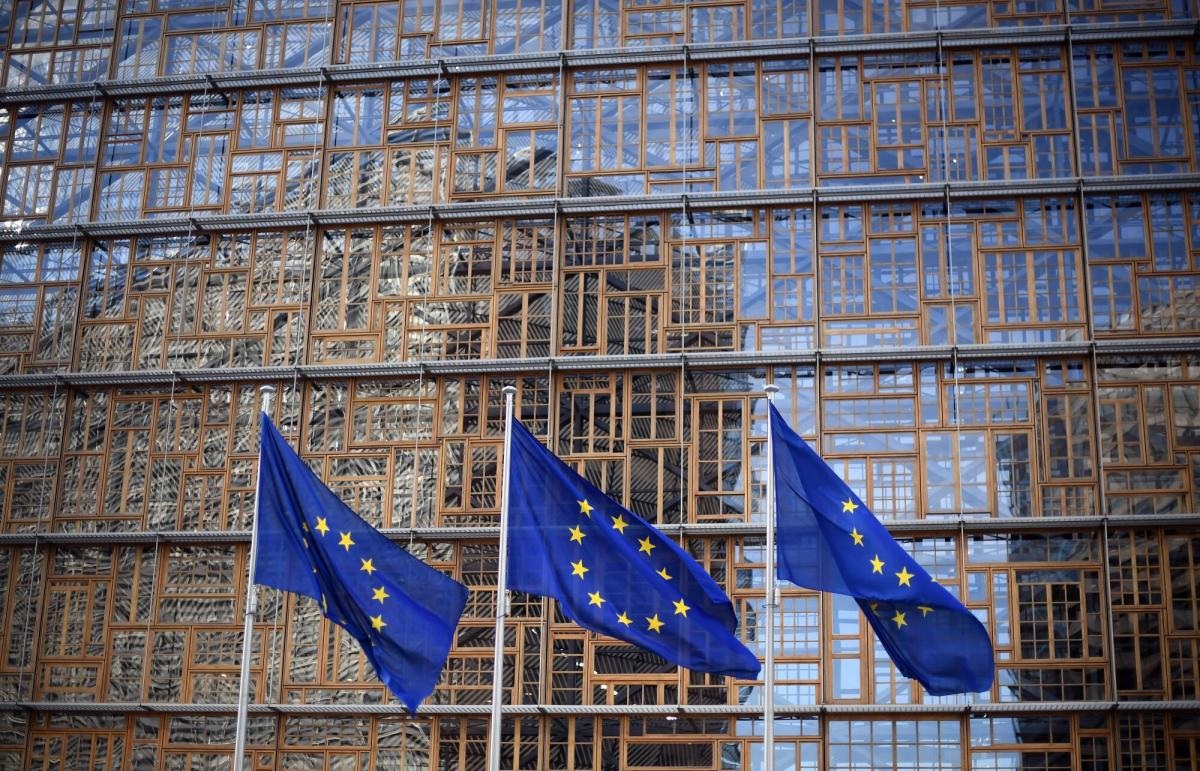Germany logs rise in cybercrime as pandemic provides ‘attack potential’
DW – Germany’s federal police documented a nearly 8% increase in cybercrime in 2020. Criminals especially took advantage of the coronavirus pandemic, selling fake vaccines and targeting people working from home.
Germany’s Federal Criminal Police Office (BKA) noted a significant increase in the number of attacks on information technology (IT) systems in its annual report published.The report’s release comes amid a rise in cybercrime during the coronavirus pandemic, with authorities warning that the trend will only get worse.
What did the report find?
Speaking in the southwestern German city of Wiesbaden, Carsten Meywith, who heads the BKA’s cybercrimes division, said some 108,474 cybercrimes had been reported in 2020, a 7.9% increase over 2019 — and more than twice as many as in 2015.The largest increase, according to the report, was tied to data manipulation and computer sabotage, which went up by 18% compared to 2019.The BKA report emphasized that ransomware attacks were among the “primary threats to businesses and public institutions” in 2020.
How did the pandemic play a role?
The report noted a sharp third-quarter increase in attacks on companies and institutions tied to the fight against the coronavirus pandemic — these included pharmaceutical companies and vaccination platforms, as well as the entire vaccine supply and delivery chain.Police also logged attempts to sell fake coronavirus vaccines on the darkweb.
The COVID pandemic added “additional, broad-based attack potential” for criminals, the report said. Opportunities to commit such crimes rose significantly as more and more individuals were forced to work or study from home.”Cybercriminals,” said the report, “attack where they think it will be financially lucrative.”
What is cybercrime?
The BKA defines cybercrime as, “crime directed at the internet, IT systems or data contained within such systems.”Examples of such crimes range from classic identity theft to attacks aimed at overwhelming systems until they crash, or so-called ransomware attacks in which corporate or government systems are infected with software viruses known as malware.These then encrypt data in an IT system, at which point criminals demand money to make the data accessible again.
Why is it on the rise?
The BKA pointed to three reasons for the spike: More opportunity through increasing digitalization, more technical professionalism from criminals, and the fact that less technically proficient criminals now have far greater access to malware and other tools that allow them to carry out cybercrimes.
The report acknowledged that the true number of cybercrimes was likely higher, as not all cases are reported. Less than a third of reported crimes, says the BKA, have been solved — a percentage comparable to 2019.The BKA report said that while the most serious threats were posed by attacks on infrastructure, classic identity theft — enabled by spam and so-called pfishing emails — remained popular among criminals, pointing out that the “human factor” and lax security provided the easiest access for crooks.




